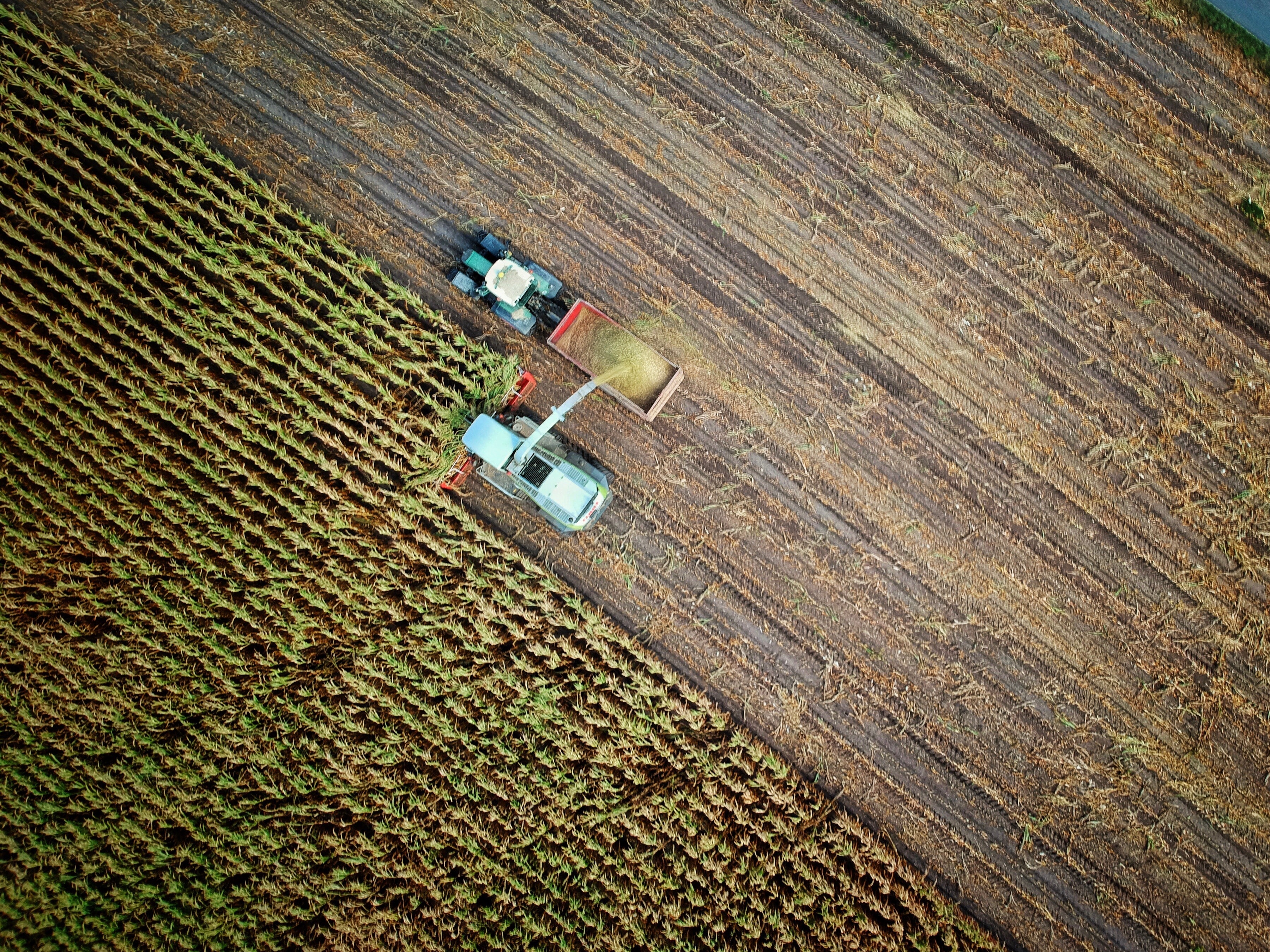What may seem like a problem at first might actually be an opportunity in disguise. The fact that some markets for startups in the region are small or unsophisticated does not mean that entrepreneurs have no prospects.
"We need to know what problem we are solving rather than what products we have. So the idea is to start from the problem and not from the product," said Guillermo de Vivanco, co-founder, and CEO of Space AG, an agtech or agritech startup from Peru.
Vivanco, a specialist in entrepreneurship and an investment angel, used the start of his technology company, Space AG, as an example. He and his partners found that the lack of adoption of new technologies in agriculture was both a problem and an opportunity for entrepreneurship in the region.
In Peru, the information on the agricultural sector is organized in a somewhat archaic way, with the leading exporters of fruits worldwide still handling their data on paper.
Space AG proposes to collect crop data through digitization (with professional drones or geographic data) to increase crop productivity.
"Generally, there are different ways, different products, or different solutions for a problem. So you have to analyze what skillset you have to solve the problem at hand," Vivanco advised in the ConnectAmericas webinar.
Once you have a clear value proposition, you must choose where and how to validate it. To do that, Vivanco advises dividing the market into different categories according to technology adoption.
Vivanco also suggests that, when it comes to developing a product, question who is most affected by a problem and better identify business strategies. For example, if a few people are affected, you look at a B2C model (business-to-consumer). On the other hand, if you are solving a business problem, you will work on a business-to-business model (B2B). Based on that, define the demographic profile or the sectors affected to clearly know who you want to address.
The next question could be: how big is the problem? In the case of Space AG, when doing the market analysis, they realized that exports in Peru grew exponentially, which rarely happens to an industry.
When asked by a participant in the webinar on how to defend the company's proposal or strategy so that it is not copied, Guillermo Vivanco said that competition will be inevitable.
"When a market need is identified, there will generally be different companies that are already trying to solve it. When you say that you have no competition, you probably have not looked very well into who the competitors are. Because you are not considering other alternatives or other ways to solve the problem," said the CEO of Space AG.
To learn more about how to position yourself correctly with clients, execute the proposal innovatively, and become indispensable, check out the webinar here or subscribe to our YouTube channel.
To see more webinars like this and find out about our upcoming events, sign up for ConnectAmericas here:



Follow Us